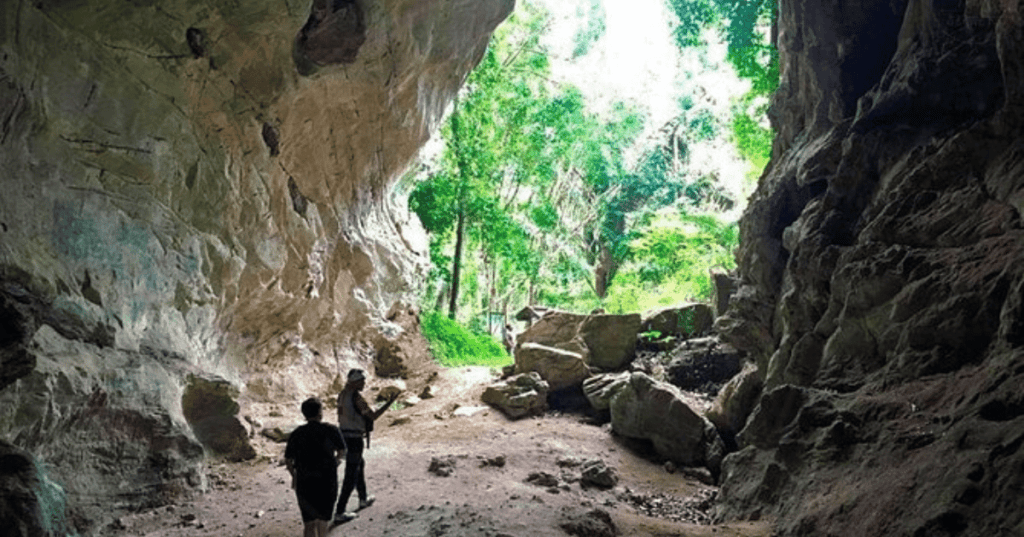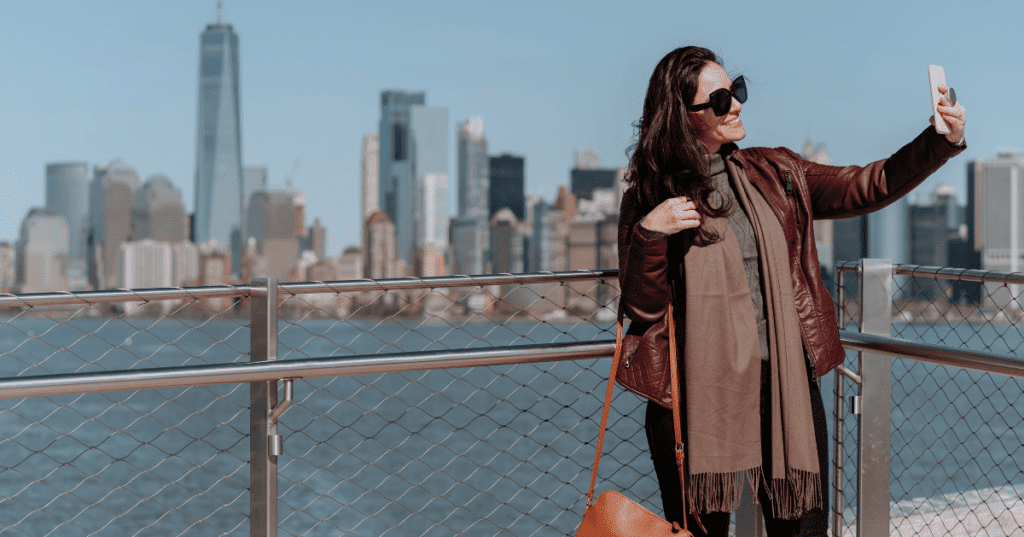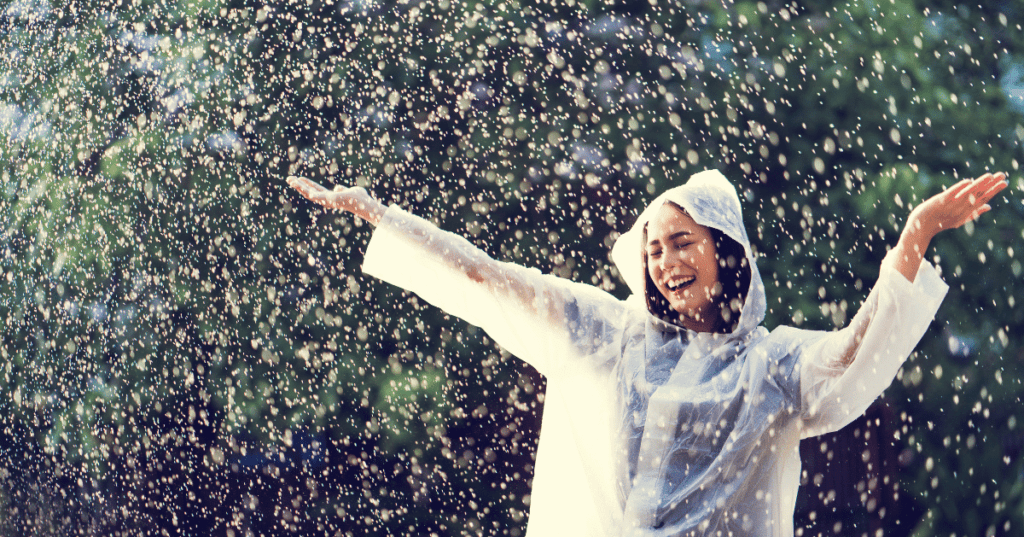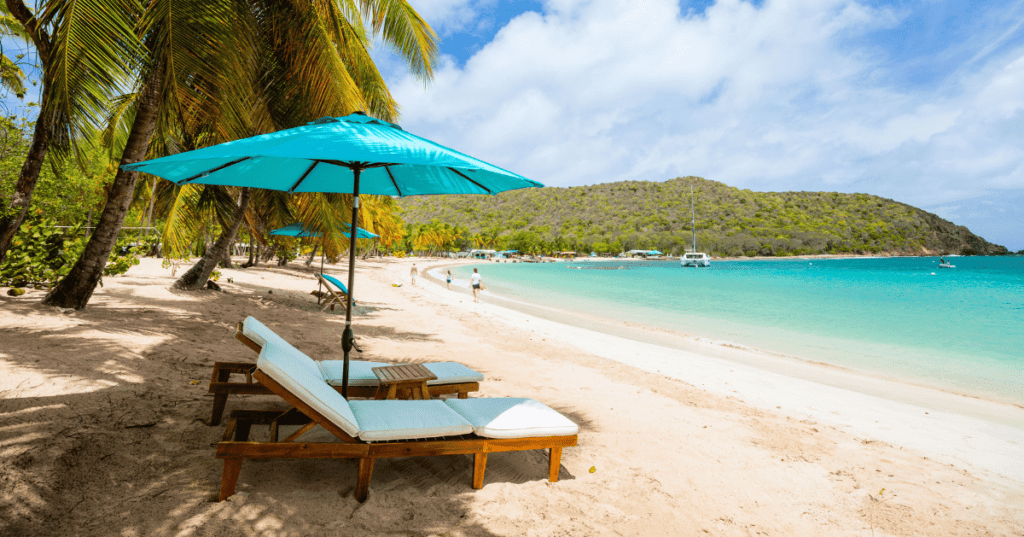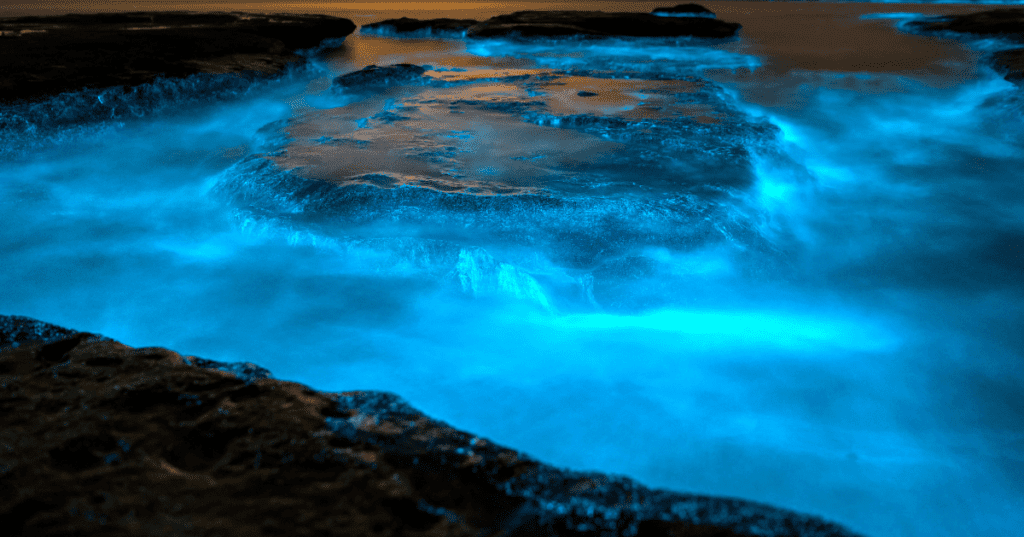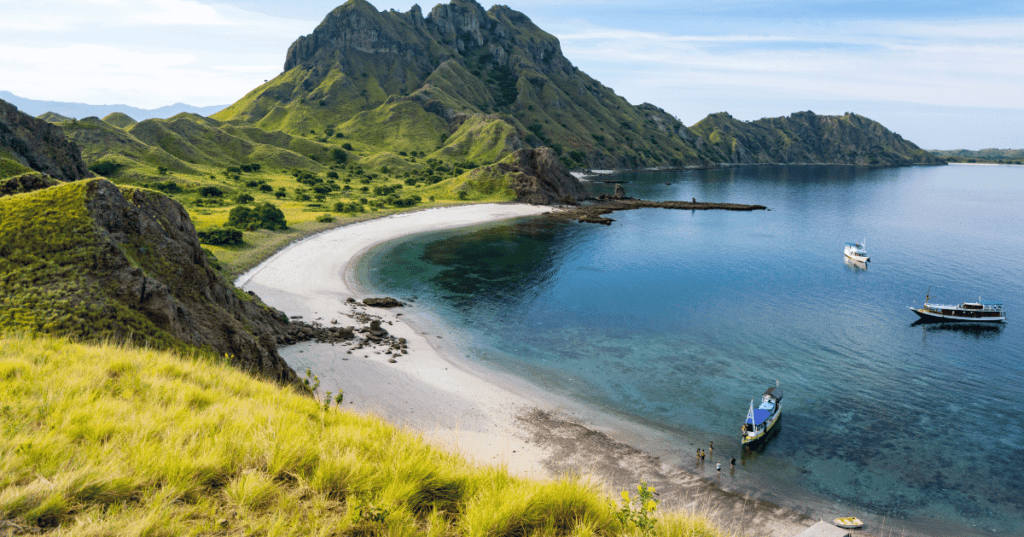As a solo female traveler with a penchant for history and archaeology, visiting Lenggong Valley in Malaysia was an unparalleled adventure.
This UNESCO World Heritage site, located in the state of Perak, offers a deep dive into the prehistoric era, spanning over 11,000 years of human history.
Here’s my detailed guide to exploring Lenggong Valley, from my personal experiences to practical tips to help you plan your visit.
How to Get to Lenggong Valley?
By Car:
Renting a car is the most convenient way to reach Lenggong Valley. From Kuala Lumpur, it’s a scenic drive of about 3 hours (approximately 200 km). The route via the North-South Expressway (E1) is straightforward and well-maintained.
By Public Transport:
If you prefer public transport, you can take a bus from Kuala Lumpur to Ipoh, which takes around 2-3 hours. From Ipoh, you can hire a taxi or use ride-hailing apps to get to Lenggong, which is about an hour away.
Where to Stay at Lenggong Valley?
While Lenggong is a small town, there are a few accommodation options ranging from homestays to budget hotels. I stayed at a cozy homestay called Homestay Kampung Beng, where the hosts were incredibly welcoming and offered insights into local culture and traditions.
What to See and Do
1. Archaeological Heritage of the Lenggong Valley
Lenggong Valley is renowned for its archaeological sites, with the most notable being:
Gua Gunung Runtuh:
Home to the Perak Man, the oldest and most complete human skeleton found in Southeast Asia, dating back to around 11,000 years. Visiting this site was a surreal experience, walking through the very caves where ancient humans once lived.
Gua Harimau:
Another fascinating site where remnants of prehistoric tools and animal bones were discovered. The cave offers a glimpse into the lives of early humans and their survival techniques.
Gua Kajang:
This limestone cave is significant for its archaeological findings, including stone tools and pottery shards. The guided tour here was informative, shedding light on the prehistoric era’s daily life and culture.
2. Lenggong Archaeological Museum
A must-visit to gain a deeper understanding of the valley’s historical significance. The museum houses various artifacts unearthed from the sites, including stone tools, pottery, and skeletal remains. The exhibits are well-curated, providing detailed information about the prehistoric period.
3. Lata Kekabu Waterfall
After immersing yourself in history, a visit to Lata Kekabu Waterfall offers a refreshing change of pace. The serene environment, clear waters, and lush greenery make it an ideal spot for relaxation and picnicking. Don’t forget to bring your swimsuit for a dip in the cool waters!
4. Bukit Bunuh
This site is known for its meteorite impact crater, which is believed to have contributed to the extinction of certain prehistoric species. The trek up Bukit Bunuh was invigorating, with the added thrill of exploring an ancient impact site.
Practical Tips for Solo Female Travelers
1. Safety:
Lenggong Valley is generally safe, but it’s always wise to take basic precautions. Inform someone about your itinerary, avoid wandering alone at night, and keep your belongings secure.
2. Clothing:
Light, comfortable clothing is recommended due to the tropical climate. If you plan to explore caves, wear sturdy shoes and bring a hat and sunscreen for outdoor sites.
3. Guides:
Hiring a local guide is highly beneficial. They provide valuable insights and ensure you don’t miss any significant details. My guide, Mr. Azlan, was knowledgeable and passionate about the valley’s history.
4. Local Cuisine:
Don’t miss out on trying local dishes. Lenggong is famous for its freshwater fish dishes. I particularly enjoyed the Ikan Bakar (grilled fish) at a small eatery called Warung Mak Ngah.
5. Photography:
Bring a good camera. The landscapes and archaeological sites offer excellent photo opportunities. Remember to respect site rules, especially in caves where flash photography might be prohibited.
Conclusion
Lenggong Valley is a treasure trove of history, offering a unique glimpse into humanity’s prehistoric past. As a solo female traveler, my journey through this ancient land was both educational and enriching.
Whether you’re a history enthusiast or simply looking for a unique travel experience, Lenggong Valley should definitely be on your itinerary. Plan your trip well, immerse yourself in the rich heritage, and enjoy the serene beauty of this remarkable destination.
FAQs about Visiting Lenggong Valley
Q: What is Lenggong Valley known for?
A: Lenggong Valley is renowned for its archaeological significance, particularly for the discovery of the Perak Man, the oldest and most complete human skeleton in Southeast Asia, dating back around 11,000 years. The valley is a UNESCO World Heritage site and offers a deep insight into prehistoric human life.
Q: How do I get to Lenggong Valley?
A: The most convenient way to reach Lenggong Valley is by car. It’s a 3-hour drive from Kuala Lumpur via the North-South Expressway (E1). Alternatively, you can take a bus to Ipoh and then hire a taxi or use a ride-hailing app to reach Lenggong, which is about an hour away from Ipoh.
Q: What are the must-visit sites in Lenggong Valley?
A: Key sites include:
- Gua Gunung Runtuh: Home to the Perak Man.
- Gua Harimau: Known for prehistoric tools and animal bones.
- Gua Kajang: Features stone tools and pottery shards.
- Lenggong Archaeological Museum: Displays artifacts from the archaeological sites.
- Lata Kekabu Waterfall: A beautiful natural spot for relaxation.
Q: Is it safe for solo female travelers to visit Lenggong Valley?
A: Yes, Lenggong Valley is generally safe for solo female travelers. Basic precautions such as informing someone about your itinerary, avoiding isolated areas at night, and keeping your belongings secure are recommended.
Q: What kind of accommodation is available in Lenggong Valley?
A: Accommodation options in Lenggong include homestays and budget hotels. Staying at a local homestay, like Homestay Kampung Beng, can provide a more authentic experience with insights into local culture and traditions.
Q: Do I need a guide to explore Lenggong Valley?
A: While it’s possible to explore some sites on your own, hiring a local guide is highly recommended. Guides provide valuable information about the sites and ensure you don’t miss any important details.
Q: What should I wear when visiting Lenggong Valley?
A: Light, comfortable clothing is recommended due to the tropical climate. If you plan to explore caves, wear sturdy shoes. Additionally, bring a hat, sunscreen, and insect repellent for outdoor activities.
Q: What kind of food can I find in Lenggong Valley?
A: Lenggong is known for its freshwater fish dishes. Local eateries, such as Warung Mak Ngah, offer delicious Ikan Bakar (grilled fish) and other traditional Malaysian dishes.
Q: Are there any cultural etiquettes I should be aware of?
A: When visiting Lenggong Valley, it’s important to respect local customs and traditions. Dress modestly, especially when visiting rural areas and places of worship. Always ask for permission before taking photographs of people or private properties.
Q: What is the best time to visit Lenggong Valley?
A: The best time to visit is during the dry season, from March to October, when the weather is more predictable and ideal for outdoor activities. Avoid the monsoon season (November to February) as heavy rains can disrupt travel plans.
Q: Can I take photographs at the archaeological sites?
A: Yes, photography is generally allowed at most archaeological sites. However, be mindful of specific rules, especially in caves where flash photography might be restricted to protect delicate artifacts.
Q: Is there any entrance fee for visiting the sites in Lenggong Valley?
A: Some sites might charge a nominal entrance fee. It’s best to check ahead of time or ask your guide for details. The Lenggong Archaeological Museum may have a small admission fee, but it’s worth it for the wealth of information and artifacts on display.
